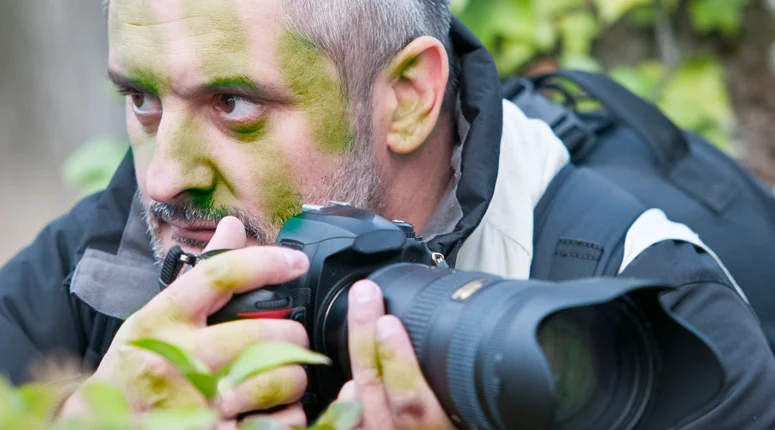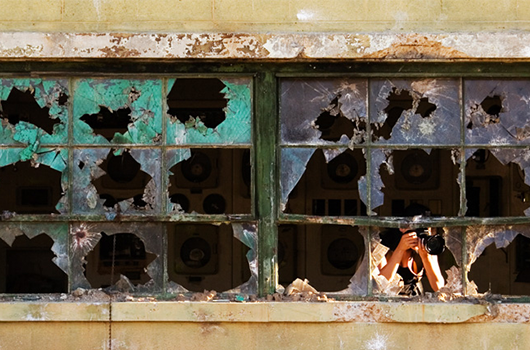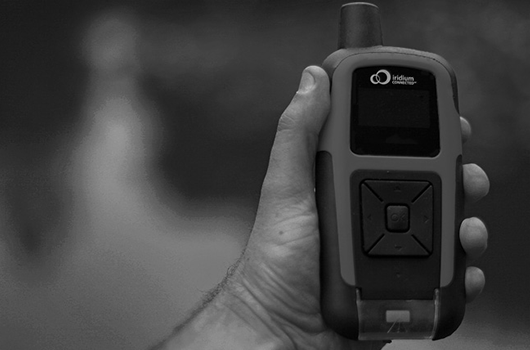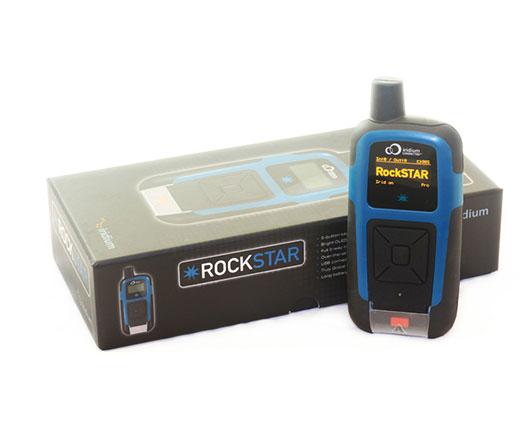The Challenge for Journalists
Journalists can easily find themselves in remote and hostile environments, out of reach of cellular network coverage. Travelling from place to place, it might be a warzone one week, a natural disaster area the next. They need to be able to communicate with sources, studios and access relevant files, while maintaining diligent security practices.
They can only rely on the equipment they take with them. There’s no guarantee that there will be any communications equipment onsite when they get there – most of the time they don’t even know if they’ll get a pillow to sleep on.


The Solution - RockSTAR unit
That’s where the RockSTAR is useful. It provides a vital way for the journalist to keep in touch with both HQ and home. Position information is sent automatically from the unit, as regularly as every 15 seconds, or as infrequently as once per day. If HQ feel that they’re in trouble, they can remotely increase the transmission rate to get more regular fixes.
The RockSTAR can also be used to communicate, sending short messages via email and SMS to the office and to loved ones. Some even use our Bluetooth link (via iPad, iPhone, Android) to write short articles and send them back for print.
Our units don’t rely on any terrestrial service – if the mobile phone network is down, that’s not a problem. As long as our devices can see the sky, they can transmit their position and message data back home. That means certainty – and when you’re stuck in a warzone reporting the news, that’s worth its weight in gold.
It’s cost-effective, too. Normally news organisations might have a stock of RockSTARs, but that doesn’t mean they’re always in use. Slow news days do happen. With our service, you just pay for what you use.
Getting started with the RockSTAR
Before the start of the trip, HQ activate the line rental for the unit for a month or more, the journalist turns the unit on, and the RockSTAR will start transmitting a position fix once per hour (or whatever the customer chooses). When the units are sat on the shelf in the store-room, you don’t pay anything. Any credits left over from one deployment will still be there when the unit is activated next time, on its next trip.
Back at HQ, the customer uses The Core management system to monitor the positions of all their workers.
In the case of an emergency, the RockSTAR unit can be used to alert HQ, using either the dedicated red button or, even better, using the messaging facilities to indicate the type of alert and any other relevant details. It can also be sent a command to go into ‘stealth mode’, which means the screen and LED are turned off. The unit continues to operate as normal, but it looks as though the battery has run out – useful if compromised.


KEY BENEFITS FOR MEDIA TEAMS
- GPS tracking
- Pay only when the units are being used in the field, no annual contracts
- Two-way messaging between teams and the studio/HQ
- Various alert options including red button, timer alert, dead man’s switch, etc.
- Up to 3-month battery life, transmitting every hour
- Independently powered – rechargeable in the field using standard USB options
- Portable and can be covertly placed
- Access to ‘The Core’ for management across all deployed teams
In summary, the RockSTAR is a private and reliable means of communication and tracking between journalists on the ground and the studio. Because of the erratic nature of news events, our pay-as-you-go service is cost-effective, requiring no annual contracts.
Supporting Media teams worldwide

